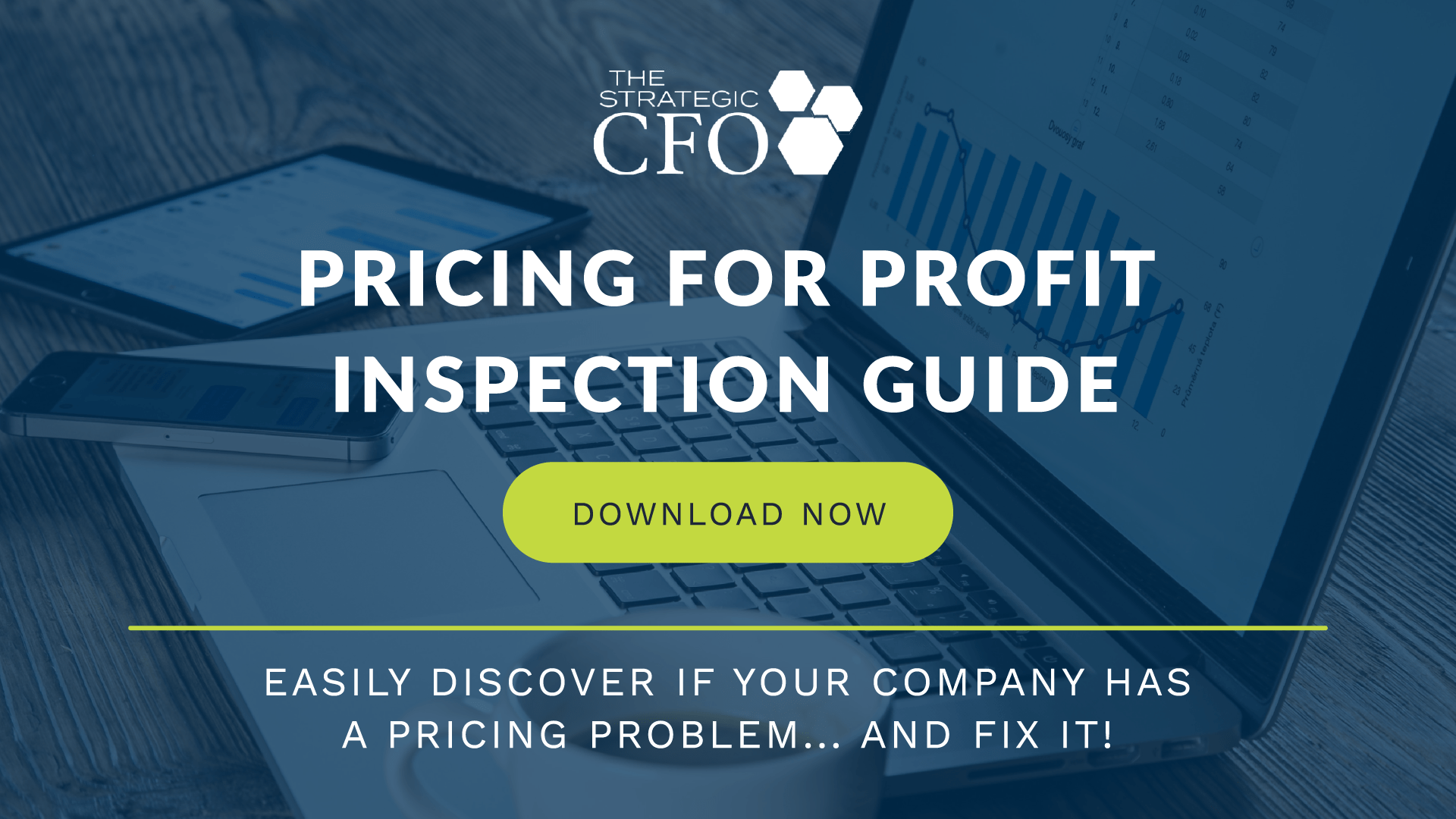See Also:
Marginal Cost Definition
Variable vs Fixed Cost
Sunk Costs
Marginal Costs
Average Cost
Breakeven Analysis
Marginal Costs Explanation
Marginal cost refers to the cost of producing another unit of output as production volume changes. As production volume changes the price of producing each additional unit of output changes. Marginal cost measures that change. It is also called differential cost or incremental cost.
Marginal Cost Example
Production costs consist of fixed costs and variable costs. Variable cost refers to the costs required for each unit of output. Fixed costs refer to overhead costs that are spread out across units of output.
For example, let’s say you make shoes. Each shoe produced requires seventy-five cents of rubber and fabric. Your shoe factory incurs $100 dollars of fixed costs per month. If you make 50 shoes per month, then each shoe incurs $2 of fixed costs. In this simple example, the total cost per shoe, including the rubber and fabric, would be $2.75 ($2.75 = $0.75 + ($100/50)).
But if you cranked up production volume and produced 100 shoes per month, then each shoe would incur $1 dollar of fixed costs, because fixed costs are spread out across units of output. The total cost per shoe would then drop to $1.75 ($1.75 = $0.75 + ($100/100)). In this situation, increasing production volume causes marginal costs to go down.
Marginal Cost Graph
The marginal cost graph is the shape of a U. As production volume increases the cost per unit declines. This is called economies of scale. When the combination of production volume and unit cost reaches the bottom of the U in the graph, the production process has reached its optimal volume. That point represents the most efficient and cost effective production volume level.
Beyond the point of optimal production level, increasing production volume causes the marginal cost to go up. Each unit of production becomes more expensive than the last. This is called diseconomies of scale. The production process has gone beyond its most efficient and cost effective production level and production is growing more and more costly. Beyond the optimal point at the bottom of the U in the graph, increasing production volume is making each unit more expensive.
Managers use marginal cost analysis to determine the optimal level of production volume in a production process.
To learn how to price for profit, download our Pricing for Profit Inspection Guide.

[box]Strategic CFO Lab Member Extra
Access your Strategic Pricing Model Execution Plan in SCFO Lab. The step-by-step plan to set your prices to maximize profits.
Click here to learn more about SCFO Labs[/box]











